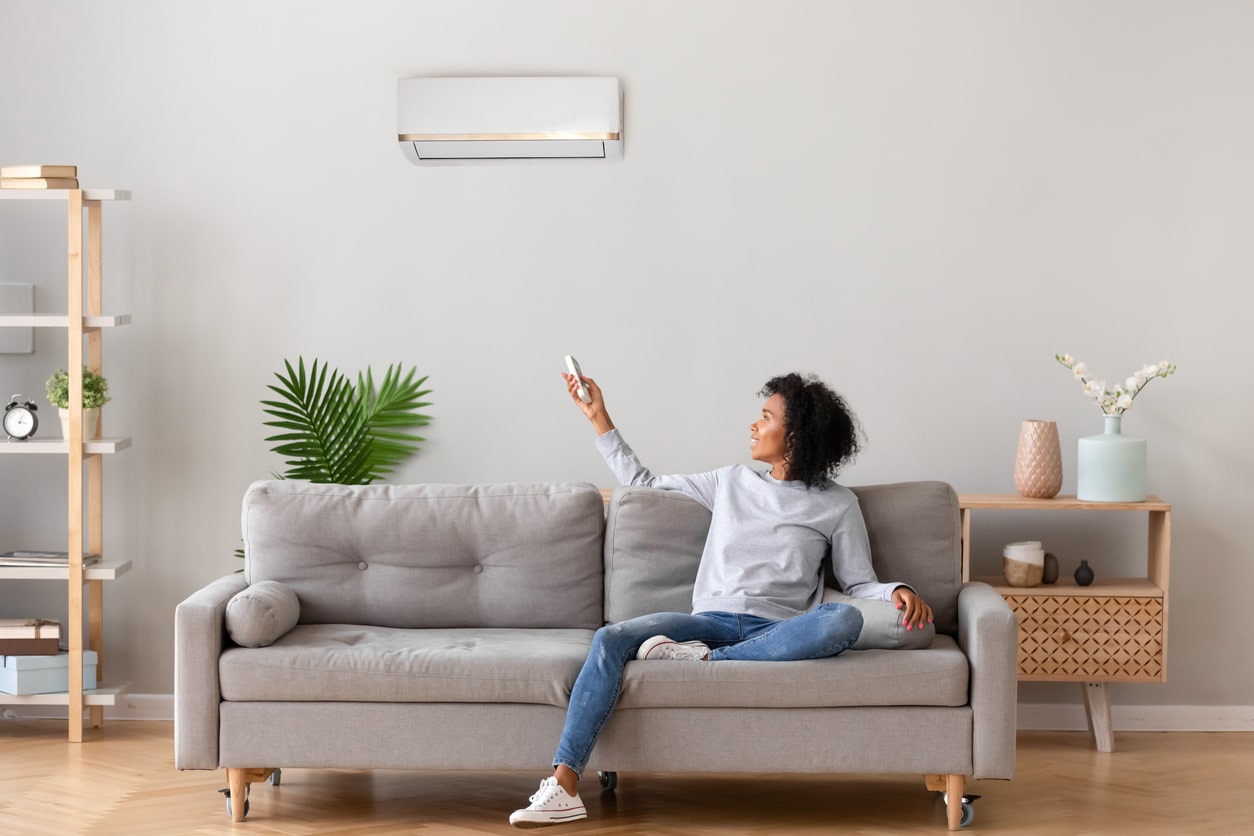
5 Green Insulation Options Safe to Use in Vacation Homes

When people think of a vacation (or holiday) home, their thoughts might spring to a beautiful villa or townhouse tucked away in the hills of a warm and sunny country. Because people commonly vacation in warm countries, they may not think insulation is something they need to worry about in their holiday homes.
Decked out in tiles or marble, there is something instantly cooling about the way holiday homes are generally finished and furnished. But, insulation is important in all property types, particularly those exposed to extreme weather conditions, hot or cold. With that in mind, here are some of our green insulation options safe to use in holiday homes.
1. Prevent Overheating Using Sustainable Materials
As the sun comes out and temperatures rise, homes are at risk of overheating, making them uncomfortable to be in. Overheating can cause symptoms such as dehydration, prickly heat, dizziness, fainting and heat rash.
Given that most people go on holiday to relax, experiencing some of these symptoms can put a fly in the ointment of your vacation. But, adequate insulation is a game-changer and properly insulating your home ensures the temperature is regulated, keeping things nice and comfortable inside. Eco-friendly insulation materials offering a breathable home include hemp, sheep’s wool, cellulose and natural fibers.
Insulting a home for warm conditions is a bit like flipping the way homes in colder countries are protected from the elements. To run a more eco-friendly holiday home, insulating in a manner to avoid losing the cool air generated from your air conditioning is essential. Wasting cool air requires more energy, which ultimately ends up making your vacation more expensive through additional running costs.
2. Upgrade Your Windows
Windows are responsible for a significant level of temperature leaking in a home, an estimated 10%, making them an essential upgrade component in sustainable home design. In hotter climates, cracks in window frames and sills can see cool air lost to the outside. These inefficiencies in your windows may also allow for some of the warm air to seep in, despite your best efforts to keep it out.
Using natural materials, such as timber window frames, helps you to make eco-conscious choices. Painting them regularly with non-VOC paints and glazes will help protect against water damage. Double and triple glazing is ideal for adding extra insulation protection by reducing heat transfer and energy costs.
The style of window is important, and you may wish to ensure your holiday home is styled to local tastes, while still remaining energy efficient. For example, casement windows are a popular modern choice, including in Spain. These are one panel of glass that swing open on metal cranks like a door. The benefit of such windows is they are considered to keep drafts out better than hung windows, while still allowing you to catch a good amount of airflow.
3. Insulating Blinds and Thermal Curtains
Just like improving your windows offers better insulation, so too does choosing the right blinds or curtains. Insulating blinds and thermal curtains are both viable options.
But, if you wish to save on costs, the windows where the sun comes through the most are where to start. These blinds have a decorative outer layer to enhance the visuals of your room while their inner layer uses a heat-reflective material to keep the sunlight at bay.
In the interest of green insulation options, materials with low solar reflectance absorb a larger amount of solar energy, which leads to higher air temperatures and increased energy use. It may also be necessary to install shutters on the outside of your windows to prevent the sun from passing through the glass. Choosing the right shutter materials, such as timber, oak, cedar and bamboo as these can be sourced from sustainable forests, means your shutters are both stylish and eco-friendly.
4. Avoiding Hot Roofs and Attics
You can probably imagine just how hot the roof of a home in a warm country gets when comparing it to the temperature of the roads and pavements. Without enough heat protection, roofs and attics of holiday homes can become like heat factories transferring quite a bit of heat into the main property.
If you haven’t protected your property’s roof against the heat, it will require more energy to keep the inside cool. Cool roof designs have grown in popularity in recent years. In fact, the use of reflective shingles and materials can save an estimated 15% of cooling costs. You can even start by simply painting your roof a lighter color to help bounce heat away from your roof.
If your holiday home also has an attic, then adding green insulation further protects your home from extreme temperatures. Attic insulation acts as a barrier between the inside and outside temperatures, reducing heat gain.
5. Natural Shade
Another way to protect and insulate your home from the heat of the sun is to block its path to your holiday house as best as possible. Warm countries have been utilizing natural shade as an effective way to control the heat for years. Creating shade is something to consider for your vacation property and, in doing so, enables you to live more sustainably while enjoying your summer holiday.
If there is no natural shade, then you can design the landscape to create it and use it as a solar heat blocker. Trees are, by nature, the best green insulation options as they block out the sun as it moves around your property. They also come in a wide range of heights, shapes and densities, offering shade to a host of situations and property types.
Trees, shrubs and groundcover plants can also shade the ground and pavement near your home, cooling the air and reducing heat radiation before it reaches your property. Because cool air settles near the ground, air temperatures directly under trees can be as much as 25°F cooler than air temperatures above nearby blacktop. Cooler air around your home is less likely to make overheating an issue, while also requiring less energy to convert to a more comfortable temperature.
Green Insulation for Your Vacation Home
Each of these are measures you can take, and materials you can count on, to create an eco-friendly holiday property. Choosing the right insulation will make you an outright winner. By using sustainable materials, upgrading your vacation property or being smart with natural resources, you can minimize energy waste and keep your summer villa truly comfortable while relaxing on holiday.



Post a comment